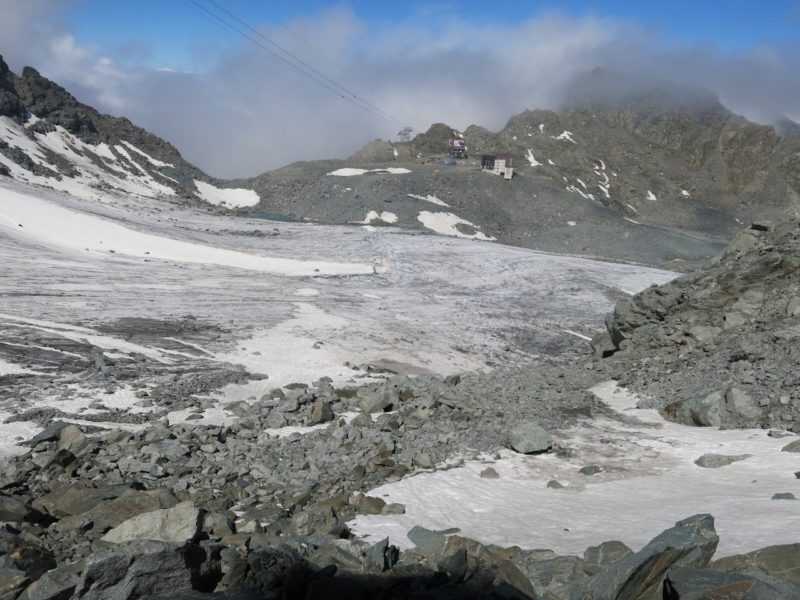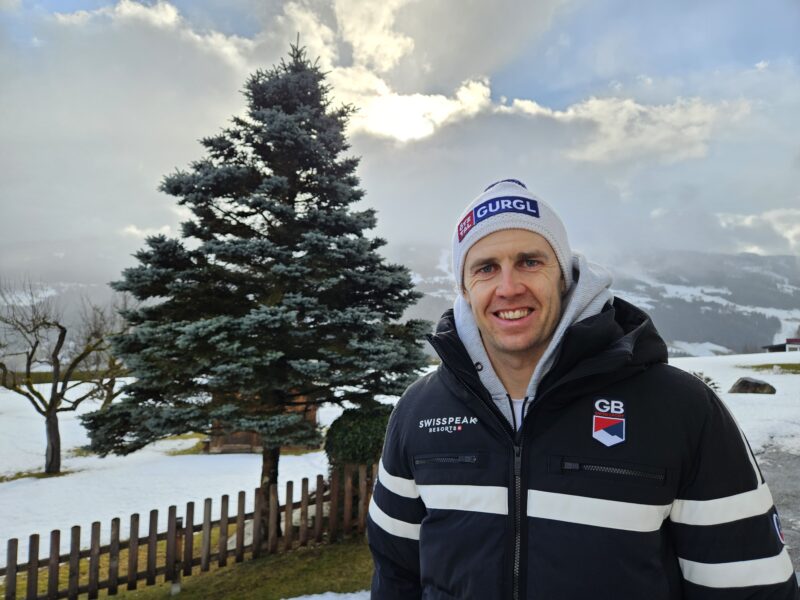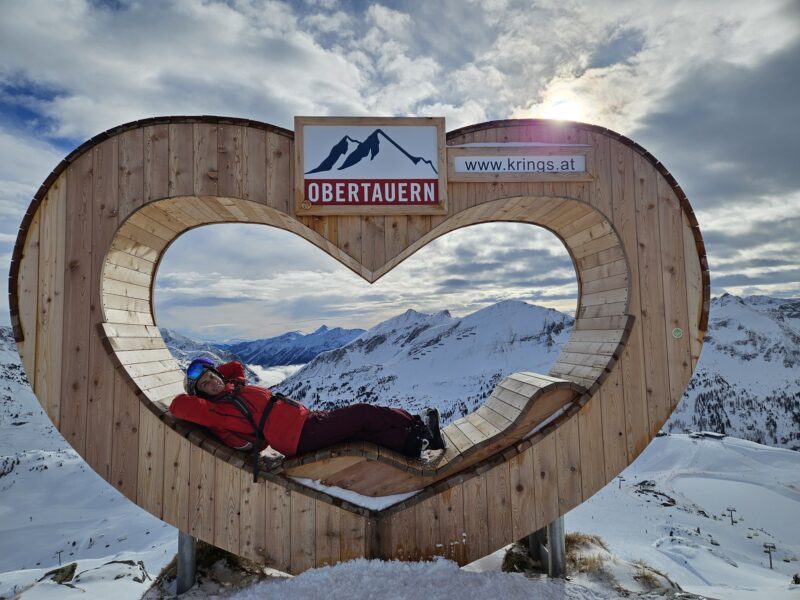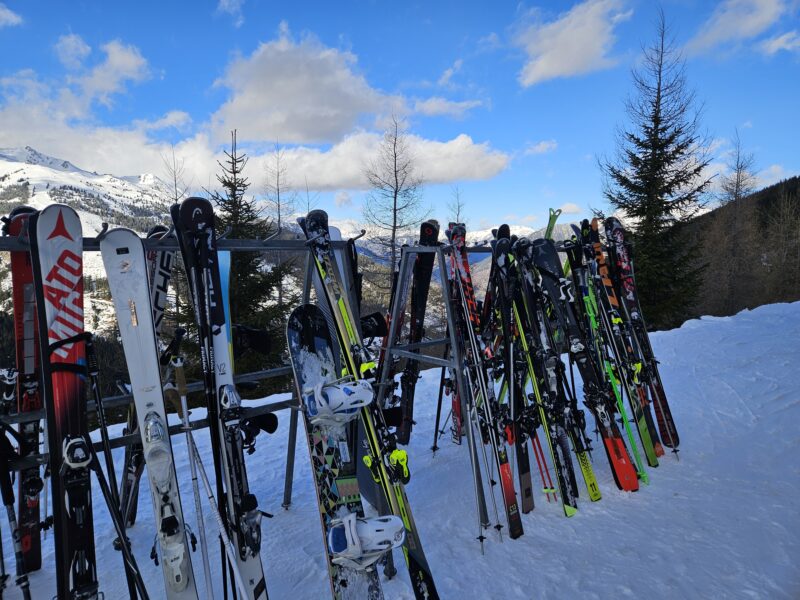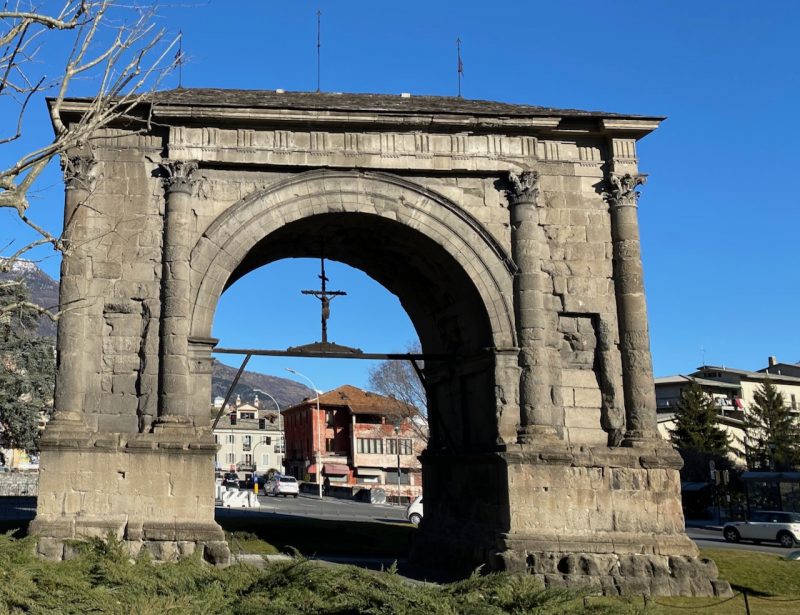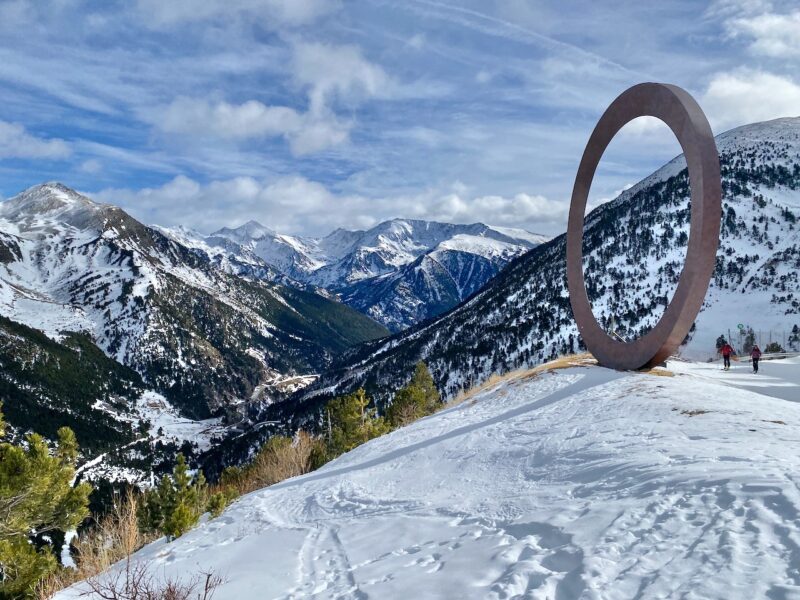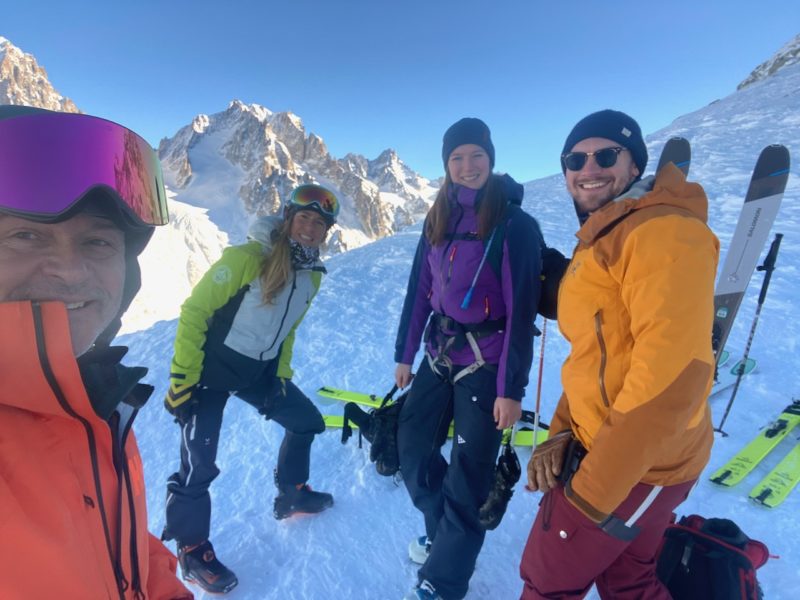New World Cup Downhill Races from Zermatt to Cervinia Take Shape
18th May 2022
Last modified on June 27th, 2022
This week the organisers have been inspecting the course and making further preparations for the races at the beginning of next season. There are also new races in the USA and changes to alpine ski racing to make it more ‘TV friendly’.
The International Ski Federation’s Alpine committee has met in an online meeting to discuss the main points in preparation for next season.
“One of the great new features of the coming season will be the Zermatt/Cervinia races, which will inaugurate the speed season with four downhill races,” said FIS in a statement.
The men’s tour will open the new race that starts in Switzerland and ends in Italy on Saturday and Sunday 29th-30th of October.
The women compete the following week on the 5th and 6th of November.
The event would see a start on the Klein Matterhorn in Zermatt, Switzerland and end 5km later in the Italian resort of Cervinia.
It will have a vertical descent of more than 1,000m.

Looking from Zermatt into Italy. Image © PlanetSKI.
The leader of the project, Franz Julen from Zermatt, said it would not conflict with or challenge Switzerland’s traditional men’s downhill run at Wengen in January.
This week , Wednesday May 18th, the International Ski Federation inspected preparations for the ‘Speed Opening Matterhorn-Cervinia’.
Present at the inspection were: Markus Waldner, Hannes Trinkl, Peter Gerdol, Alberto Senigagliesi and Andi Kroenner from FIS.
The organising committe was there and is made up of FISI, Swisski, Cervino Spa, Zermatt Zbag, the Aosta Valley Region, Canton Valais, Srg, the Swiss-German television company that will handle the television production, and Infront for the marketing of the rights.
The men’s tour will stay in Zermatt and the women’s in Cervinia.
To connect the spectators of the two valleys, the organisers will provide two villages, one in Cervinia and one in Zermatt.
Both will have a big screen on which the races will be broadcast to be watched simultaneously by the public in both locations.
Didier Defago, the slope designer, has set the course and estimated that 18 km of safety nets will be needed to secure the almost 3.5 km of the slope.
Another element that will be emphasised will be the border between Switzerland and Italy.
A reminder that those on the Matterhorn will be the first cross-border races in the history of the World Cup.
The border will probably marked with an arch that will also mark an intermediate stage of the race.
The final part of the glacier and the slope will be covered with tarpaulin to safeguard the snowpack during the summer, which is expected to be very hot.
On the whole, the FIS assessment was positive.
“There is still a lot of work to be completed, but the first edition of the ‘Speed Opening’ is progressing apace,” said a statement from FIS.
We reported the plan for the new race back in 2020 on PlanetSKI:
A new lift has been built linking Cervinia directly to the top of the Klein Matterhorn in Switzerland.
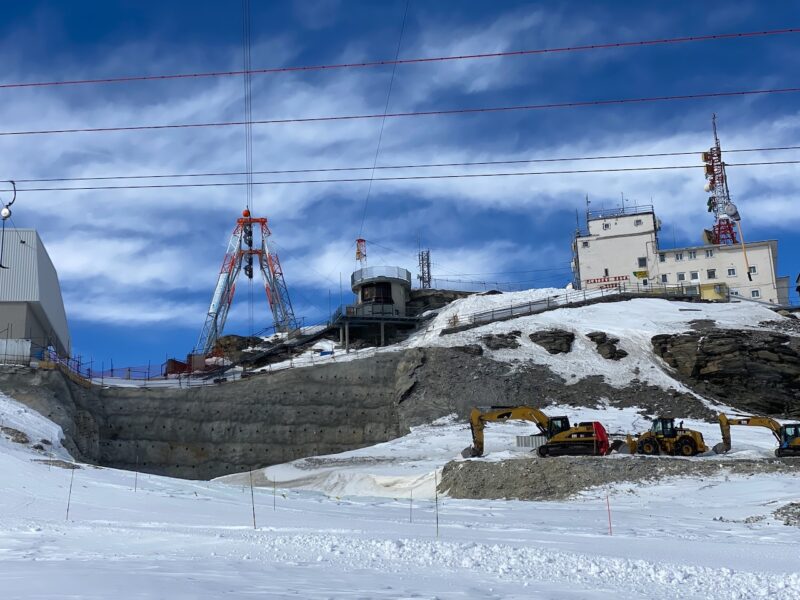
Lift construction in Cervinia. Image © PlanetSKI.
The North American tour is extended and in addition to the traditional races in Lake Louise in Canada, Beaver Creek and Killington in the USA.
The World Cup will return to Palisade Tahoe and Aspen in the USA with the men’s tour after the World Championships in France.
“For years and years and years, the downhill track on Aspen Mountain was a regular part of the circuit,” said John Rigney, Aspen Skiing Co.’s senior vice president of revenue in an interview with The Aspen Times.
“The fact that we get to bring America’s Downhill back is exciting for the racers, it’s exciting for the community, and I look back to the energy that was up and down the entire racecourse during finals.
“People truly love the opportunity to be alongside the racecourse during true winter conditions, watching the very best in the world rip down such an iconic track.
“I think it opened our eyes to how awesome it used to be.”
It’s the most World Cup Alpine stops in the USA since 1996-97 and it is hoped the new events will give a significant boost to skiing in the US.
“The expansion gives us a signature opportunity to bring more attention to the sport domestically and inspire the next generation of U.S. athletes,” said the US Ski & Snowboard president and CEO, Sophie Goldschmidt.
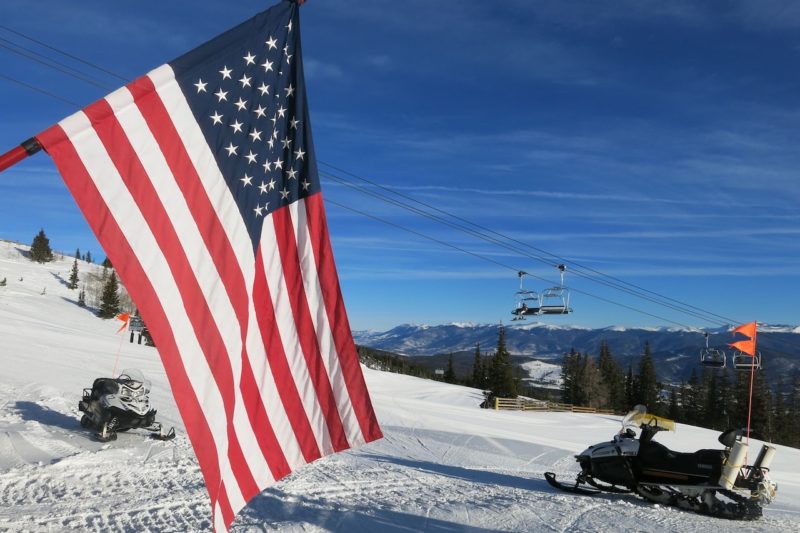
Skiing in the USA. Image © PlanetSKI
The World Championships are set to be held in Courchevel-Méribel from February 6th to 19th.
The programme, as has already been the case for the past World Championships in Cortina d’Ampezzo, will be packed.
There will be 13 races in 14 days and will follow the same schedule as the previous 2021 World Championships, starting with the speed disciplines.
The French World Championships programme includes two different venues, Meribel will host the women’s races while Courchevel will host the men’s.
Sölden, Austria, is scheduled to welcome the opening of the 2022/23 Audi FIS World Cup by hosting both the Women’s and Men’s Giant Slalom on the 22nd and 23rd of October.
In the 2022/23 season there will be 40 women’s World Cup races and 42 for the men.
For the first time in 20 years, the Women’s World Cup returns to Kvitfjell in Norway with speed races that will complete the Scandinavian tour together with Are, Sweden, races after the World Championships.
The last stop of the season will be the World Cup Finals in Soldeu in Andorra from the 13th to the 19th of March.

The International Ski Federation. Image c/o FIS.
There are moves afoot to make alpine ski racing more accessible and FIS says it wants to “develop new concepts and initiatives with the aim of making Alpine Skiing more attractive”:
- More weekly night competitions,
- Revisiting the format of the Alpine Combined,
- Considering the calendar timing of the World Championships to benefit the last part of the World Cup programme,
- Promoting the Continental Cup and indoor races in the summer to extend the season.
As decided in the meetings in May 2022, a working group was established to form one proposal for a new starting order during the speed events.
The working group was made up of representatives from Austria, Germany, Italy and Switzerland with the aim of making it fairer while creating a TV-friendly product.
Through a questionnaire, which was sent to a variety of stakeholders, the working group was to gather a better understanding of the interest in the proposal and further understand the different interested groups
It was concluded that the top 10 skiers will draw bibs six to 15, while bibs one to five and 16 to 20 will go to the next 10 athletes.
Those ranked from 21 to 30 will receive bibs 21 to 30.
There could also be changes to the penalty time in parallel competitions from 0.50sec to 0.75.
“The penalty time intention is to handicap a competitor that has made an error in the first heat to permit a head-to-head match in the second run of the heat,” said a statement from the FIS Alpine Committee.
“But the penalty time has to be large enough that it can be overcome only by exceptional performance or an error by the non-penalised competitor.”
The calendars and all other proposals are subject to the approval of the FIS Council.

Image c/o PlanetSKI

